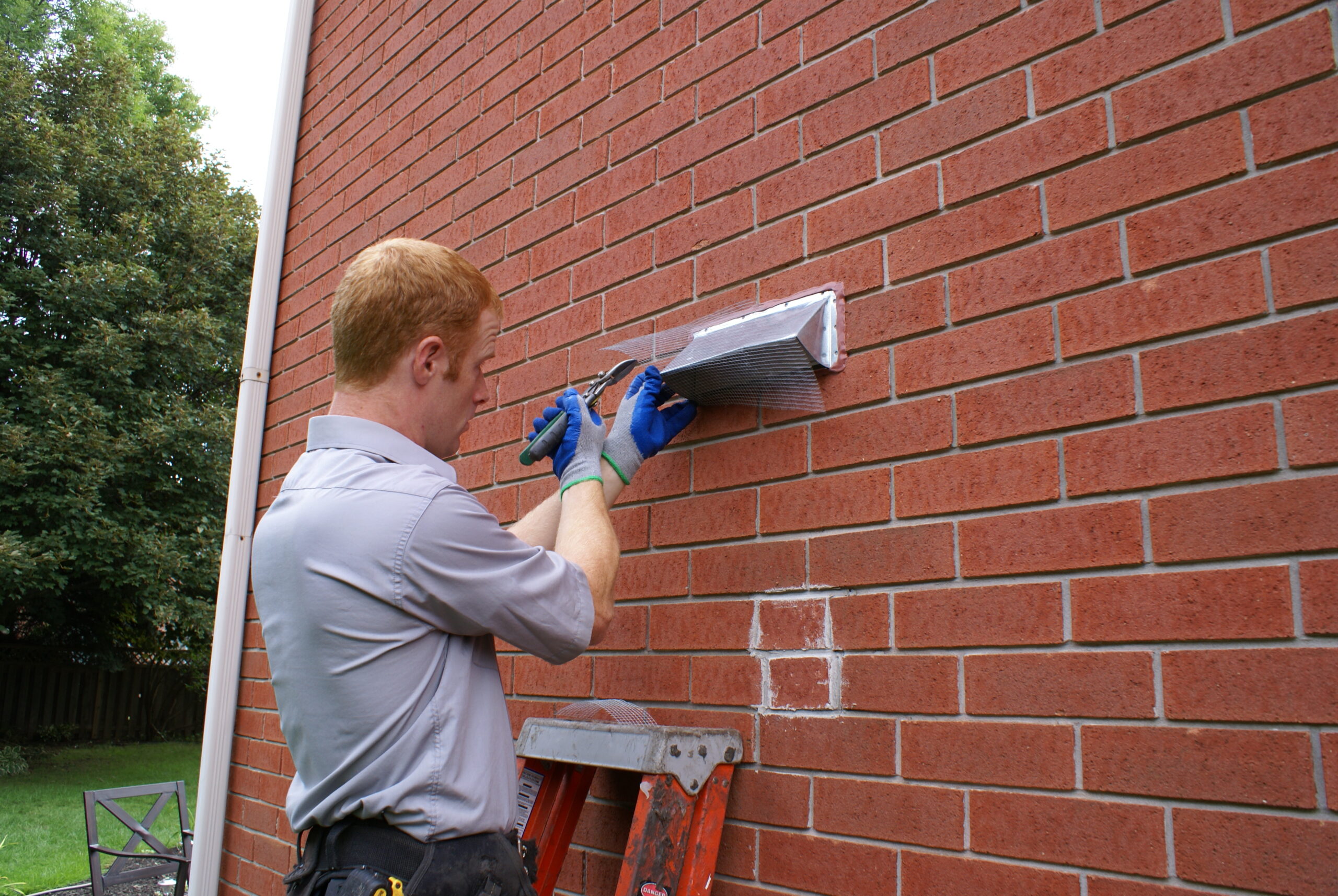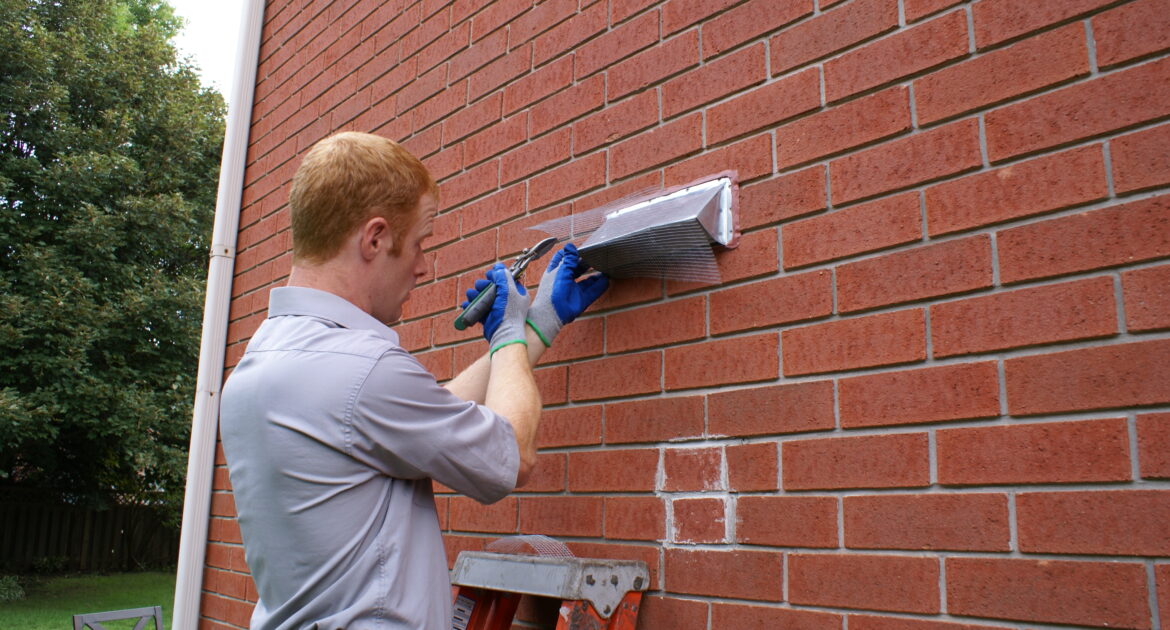Pests such as roaches, mice, bats, and rats have been invading homes and businesses for hundreds of years. Some ways to deal with this problem include spraying chemicals that kill the critters or setting up traps to release the pests away from human-occupied buildings. One of the more humane methods of pest control is something known as wildlife exclusion. This humane wildlife removal process prevents critters from entering a building in the first place or getting back inside after a removal.
What Is Wildlife Exclusion?
Wildlife exclusion is one step of pest management and often follows the eradication of an existing pest issue. Exclusion may also be used as a preventative measure. It involves sealing off any cracks in your walls, windows, foundation and doors so that even the smallest insects are unable to enter the building, much less large pests such as rats and squirrels.
A professional pest control management service will be able to find cracks and openings in your home or property where you might not think to look. Pest control specialists also know the best ways to keep out particular species. For example, they might use heavy steel screens for animals that tend to chew through things, since animals are not able to chew through this material. Lastly, it is safer to hire someone who is trained to work on ladders and roofs, since many pests enter buildings through openings that are high off the ground. Untrained individuals risk significant injury when they attempt to work on a roof.
Is Exclusion Similar to Relocation?
Exclusion is sometimes thought of as a similar pest control method to relocation, but there are some key differences. One big difference is that relocation involves taking a pest from a building and releasing it back into the environment in a different location. Exclusion, however, prevents the pest from ever coming into the building. In turn, this prevents further issues that relocation causes.
Relocation has dire consequences for the animal. For example, the pest may be relocated to an area that it is not familiar with. Some of the consequences of this include:
- Exposure to predators that they may not know how to escape from
- Inability to find sufficient food and water
- Lack of a safe and appropriate place to sleep at night without travelling long distances
- Being seen by other animals in the area as encroaching on their territory can lead to being attacked or chased
Is Wildlife Exclusion More Humane?
Wildlife exclusion is more humane than most other pest control methods. Distributing poisonous chemicals to eradicate pests is one of the least humane methods, for obvious reasons. These chemicals may get the job done in the short term, but at the cost of an animal getting sick and often dying. Trapping is another pest control method, but even humane traps that are not meant to harm the pest can cause them great stress and pain. Skedaddle does not trap wildlife, as it is inhumane. Our services provide a long-term solution
In addition to being more humane, wildlife exclusion is a more long-term solution than many others. As long as the cracks, holes, and openings in the building remain sealed, you will prevent pests from coming into your home or place of business. With relocation, the animal is at risk of returning to your house, especially if they are relocated to a place where food and water are scarce, or where they have to compete for resources.
If you have an issue with pests, and you would like to solve the issue in a safe and humane manner, contact Skedaddle Humane Wildlife Control today.






